Parenting is totally full of surprises, no matter how many books you read—and that’s part of the fun! And while there are certain things that are hard to prepare for, when it comes to staples that you should have on hand, there’s definitely some planning and prep work that you can do for the wonderful journey that is raising a child.
One thing is certain in the first few years of a baby’s life, however, and that’s diapers—a lot of them. New parents might even scratch their heads at the sheer quantity of diapers required to keep their newborns clean and happy. These aren’t typos – babies really need that many.

This article is going to help parents make sense of the confusing diaper situation. We’ll cover all the daily, weekly, and monthly estimates for newborns and give you an idea of when and how to go up in size when the time comes (always sooner than you expect).
Keep this page bookmarked, because this is information you’ll want to revisit down the road. No more delay, let’s talk diapers.
Newborns and Infants
So you just came back from the hospital, and you’re ready for the next big chapter of your life. You’ve got a million questions and concerns, not to mention a phone full of missed calls and messages to take care of.
First things first – you’re going to need some diapers. Ideally, you’ve already stocked up ahead of time and have plenty in the closet ready to go.
If your baby comes home between 6 and 10 pounds, the standard newborn-size diapers should be a perfect fit. They are somewhat adjustable and will be comfortable for your baby as they sleep and squirm around throughout the day (and night).

In terms of daily use, expect to go through anywhere between 10 and 12 diapers per day for newborns. That means that you should have 2 or 3 packs (40 per pack) or one full box (140 per box) of diapers in-store prior to the big day.
Yes, we know - it’s a lot. Every couple of hours or so, you’re going to be called to action. Luckily, this first stage only lasts a few weeks, and the frequency of diaper changes will decrease steadily over time.
Expect to go up at least three more sizes in the first year of your baby’s development. They will be growing at an incredible rate, so be sure to plan ahead.
When your baby reaches around 10 to 14 pounds, they’ll probably be ready for Size 1 diapers, and they’ll be in this stage for about three or four months. This means that at a rate of 8 diapers per day, you’ll need at least three boxes of Size 1s.
Our recommendation is to have the bare minimum quantity ready in boxes, then purchase additional packs in smaller numbers as your little one shows signs of a growth spurt.
This will stop your home from overflowing with diapers that no longer fit and also save you some cash in the process.
Before you know it, your baby will be in the 12-to-18-pound range and ready for Size 2 diapers. They will probably be at this size for around five to eight months, so you’re going to need about four boxes of Size 2s (plus some extra packs for good measure).
At this point, you might find your baby to be in-between sizes and wondering what to do. In this case, it’s typically smart to go a size up and give your baby a bit more room to move. They will fill in the gaps soon enough; trust us on that.
Soon enough, your baby is starting to weigh in at 16 to 28 pounds, being able to comfortably fit into Size 3 diapers. Get used to cracking open packs and boxes of these diapers, because you are going to be using A LOT of them – more so than any other size.
We suggest you buy at least six boxes of Size 3s, which should bridge the gap as your child goes from being an infant to a toddler over the course of the next few months.
Once again, these are just estimates and averages for sizes, weight, age, and other variables. You will figure things out along the way, but use these numbers as a baseline so you never find yourself stuck in an uncertain situation.
Toddlers and Potty Trainers
Generally speaking, your child’s first birthday marks the end of infanthood – they are now a toddler, but that doesn’t mean you can stop buying diapers anytime soon!
Since potty training likely won’t start for another several months at least (sometimes more than a year), you’ll be changing diapers as usual for the time being.
Thankfully, the frequency of changes is going to start to decline around this time, as will your monthly diaper bill. Children at this age usually go through about 5 to 7 diapers each day, so you won’t have to constantly swap out diapers every two hours.
In terms of sizes, there isn’t much more room to go. As we mentioned earlier, you might still be in Size 3 territory for a while – some kids stay at Size 3 until they’re 24 months old.
Other toddlers will be on the fast track for growth, on the other hand. They might graduate to Size 4 diapers sooner than later. You won’t need all that many Size 4s if you plan to aggressively pursue potty training early on. Buy a few boxes to keep on hand and be ready to use them if necessary, but if everything goes to plan, you won’t need them for very long.
Find Your Preferred Brands
As far as diaper brands go, it’s worth doing a bit of extra research and taking a trial-and-error approach throughout your child’s development. Every baby has different dimensions, proportions, and preferences for sleeping and moving around.
There’s also the issue of allergies and skin irritants to be aware of when buying diapers, so when in doubt, opt for the hypo-allergenic varieties if possible. In other cases, standard diapers will do the trick just fine and cause no problems. There’s also the option of reusable cloth diapers, which can be a sustainable investment—just remember that they cost quite a bit more upfront.

You should also put some thought into the clothes you choose for your baby as they go from newborn to toddler and beyond. Babies are extra sensitive to fabrics, so give them comfortable and cozy clothes that keep a smile on their face.
The clothes that dress your baby are also going to make a difference in your daily diaper routine as a parent. Be sure to find easy-on, easy-off bodysuits and rompers that allow you to quickly and cleanly remove dirty diapers and replace them on the fly.
Sometimes sporting a simple t-shirt is the best way to focus on potty training, so your kid can get used to that feeling of independence.
Baby clothes are meant to be cute, but they should also be functional and made from top-quality fabrics, so make sure you mark off all those key criteria. When they outgrow those clothes, do your best to donate them to friends, family, or people in need.
Conclusion
You’re sure to run into a couple of challenges when raising kids, especially in the newborn and infant stages, but this is a lovely, special time that you’re going to cherish forever. While you’re dealing with detail like diapers, diet, sleep, and of course, super-cute baby clothes, make sure you take a moment to appreciate just how precious your little one is.
Refer back to this article to help you run the numbers on the diapers required to make it through the first couple of years. You can thank us later when you catch up on sleep!
Sources:
How Many Diapers Do I Need The First Year and Per Day? | Clarks Condensed
How Many Diapers Do I Need? | Baby List
How Many Diapers Do I Need? A Guide to Stocking Up | Healthline

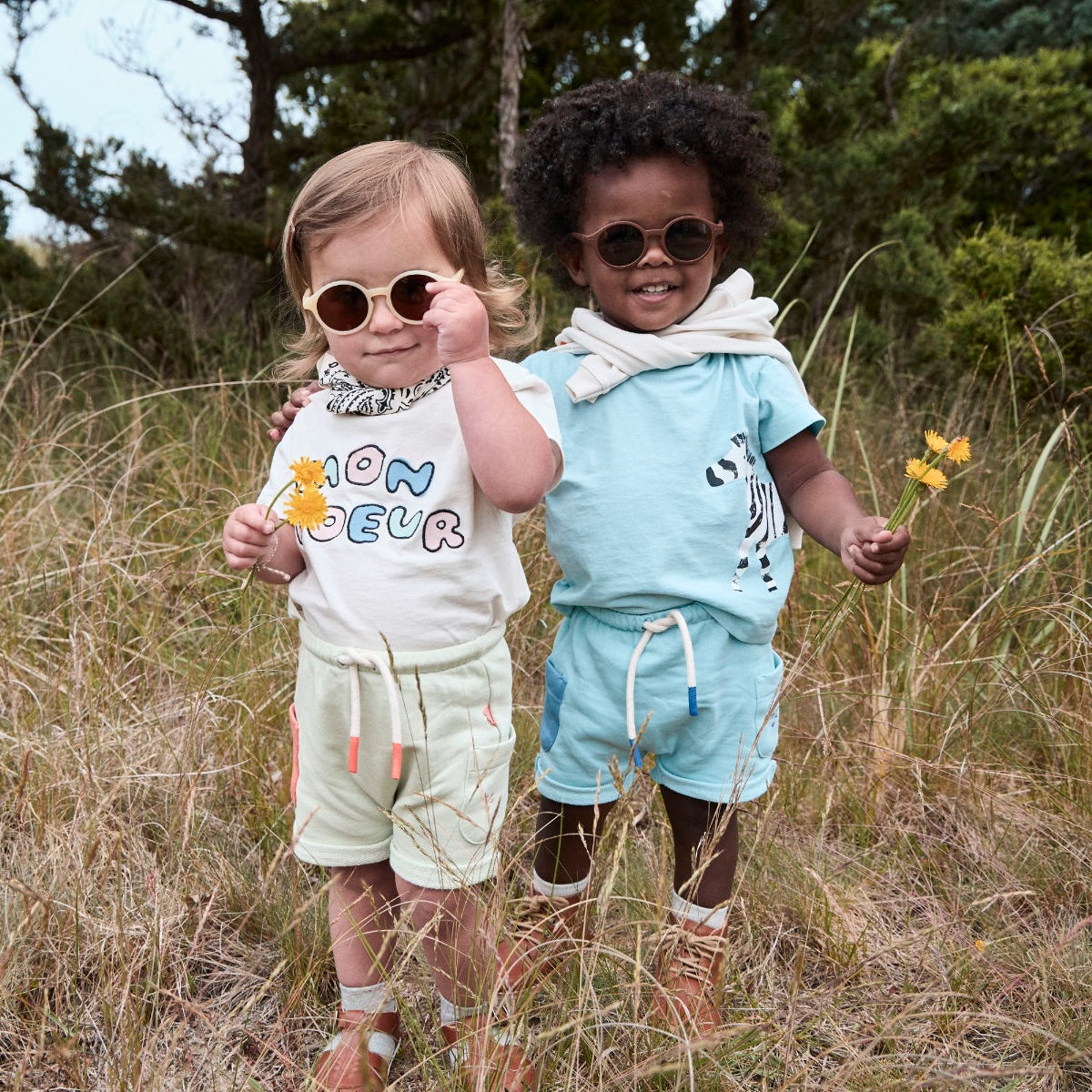
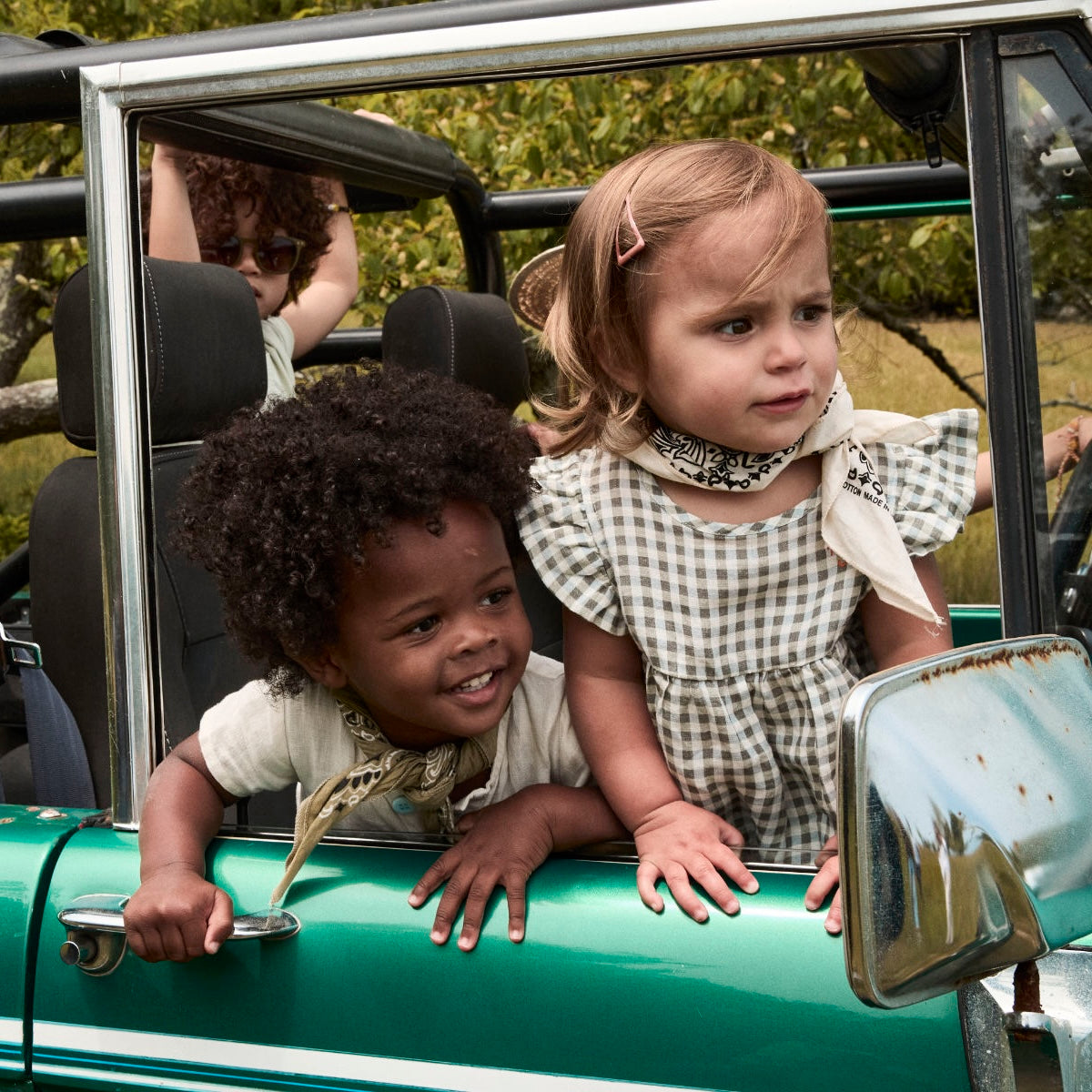
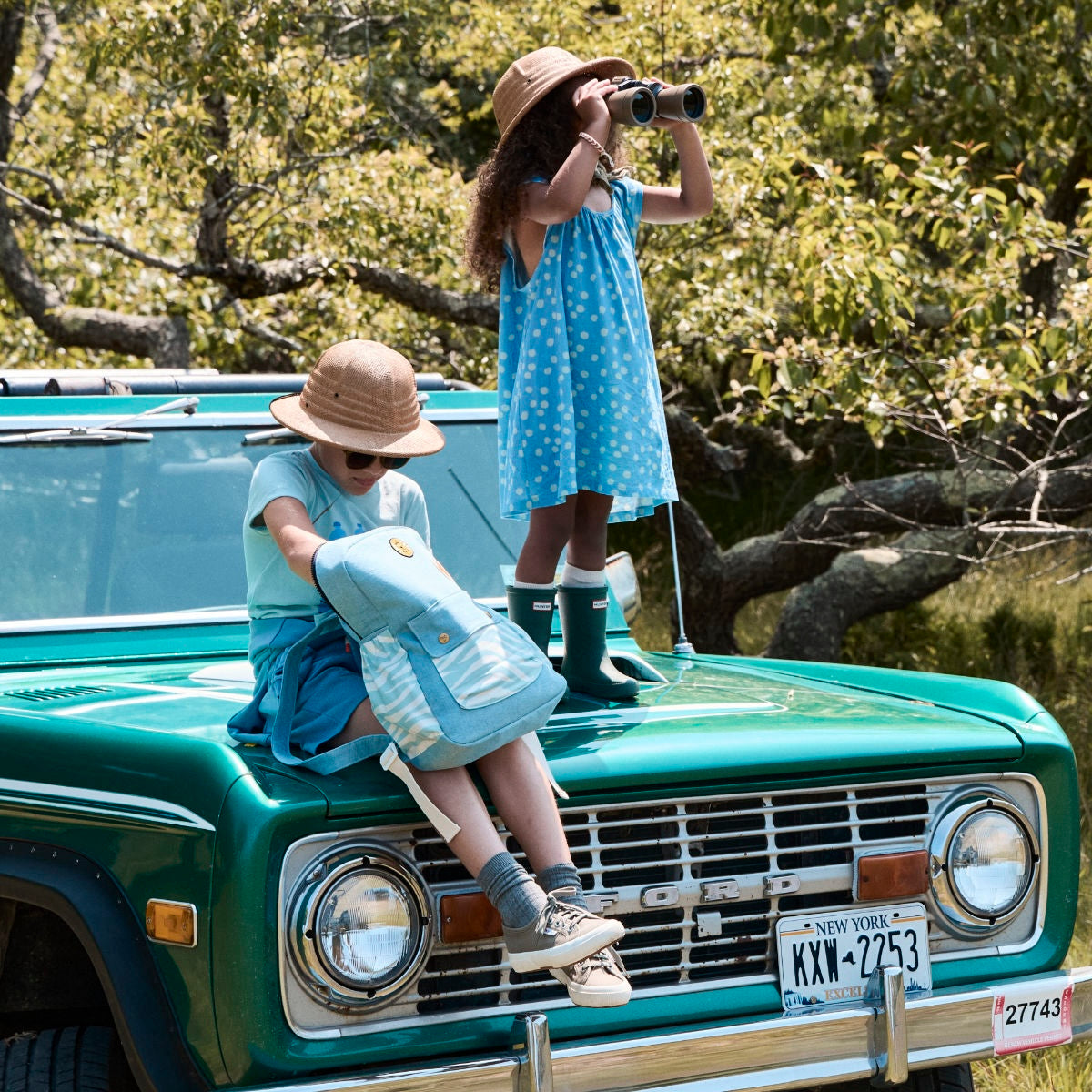
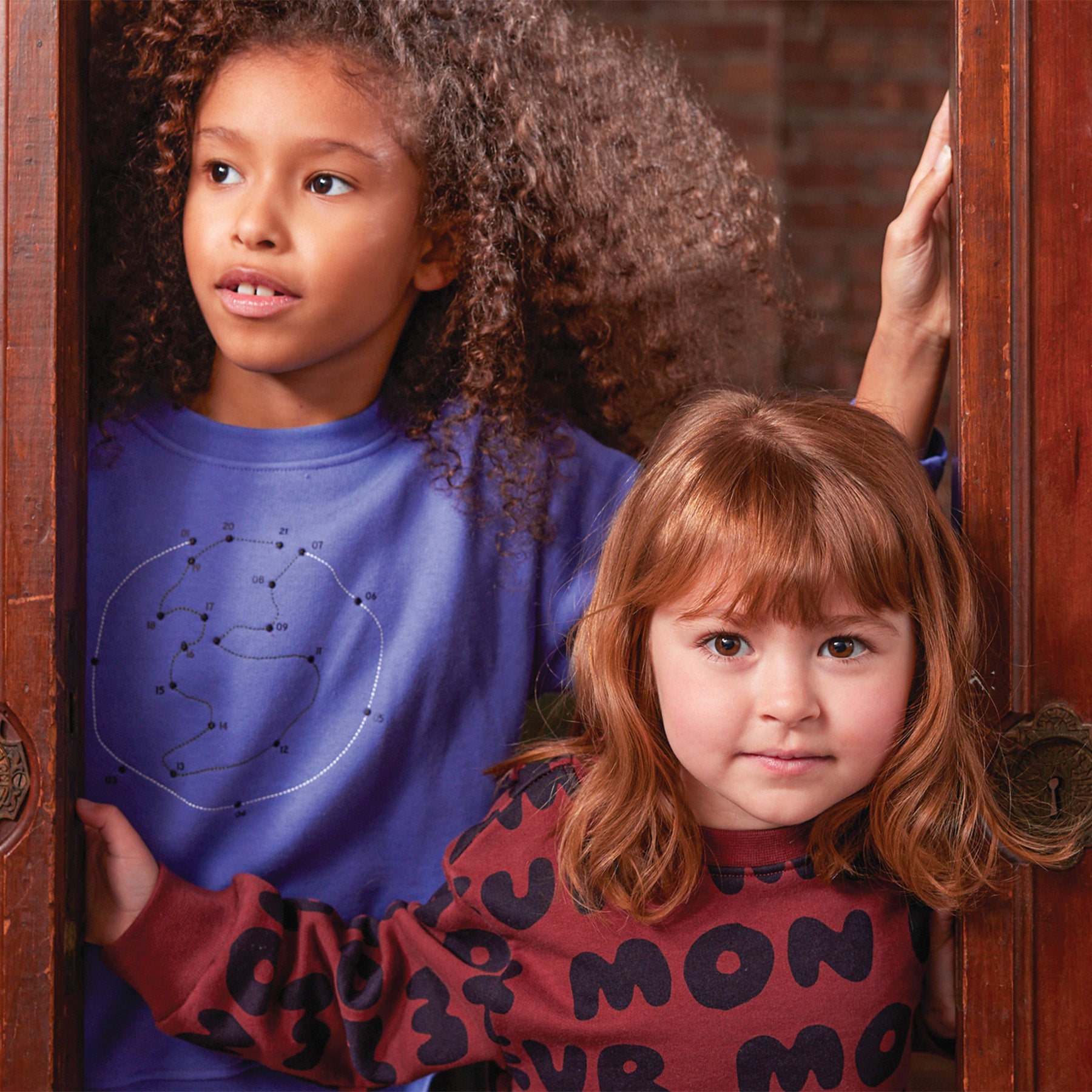
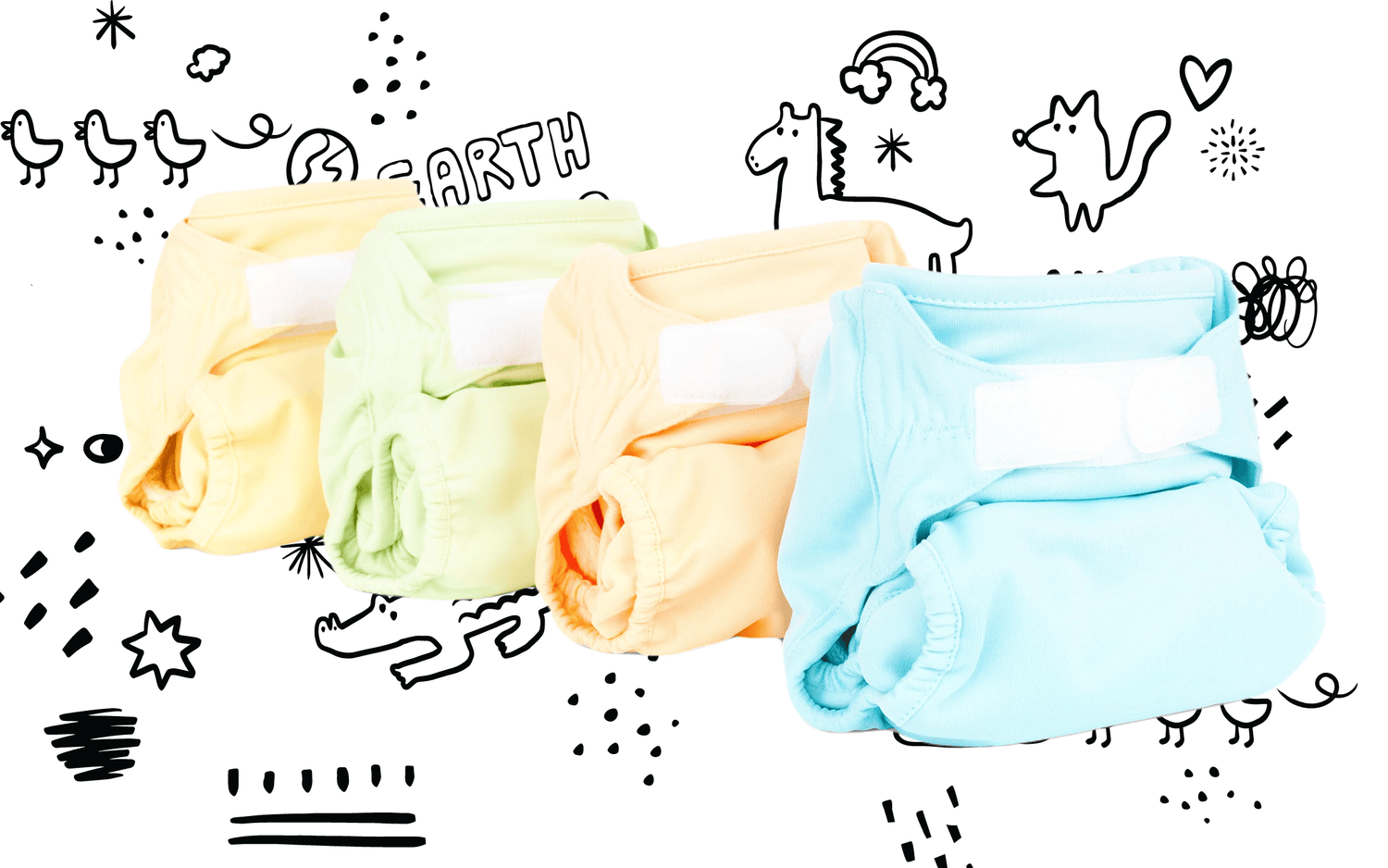

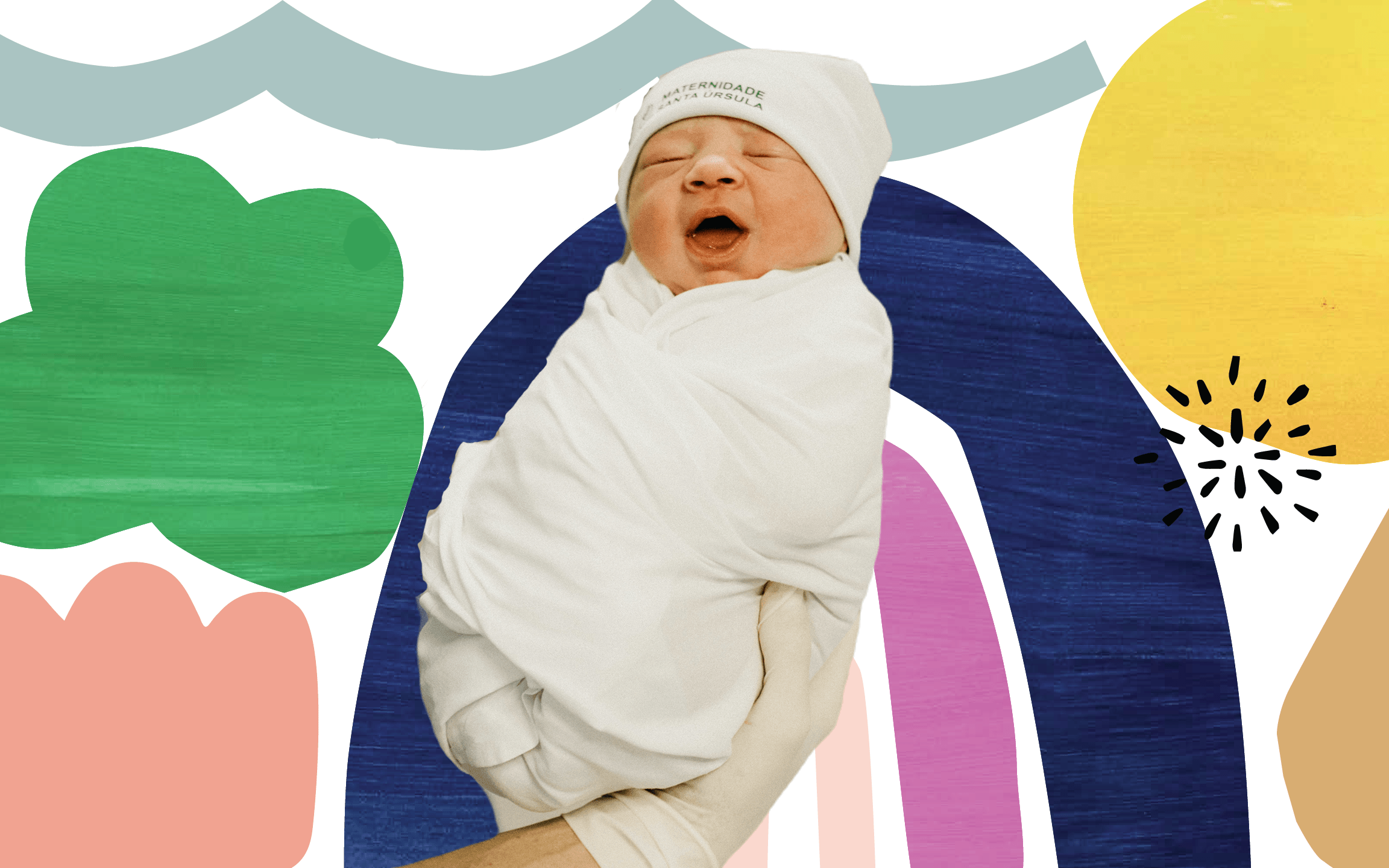
Leave a comment
This site is protected by reCAPTCHA and the Google Privacy Policy and Terms of Service apply.